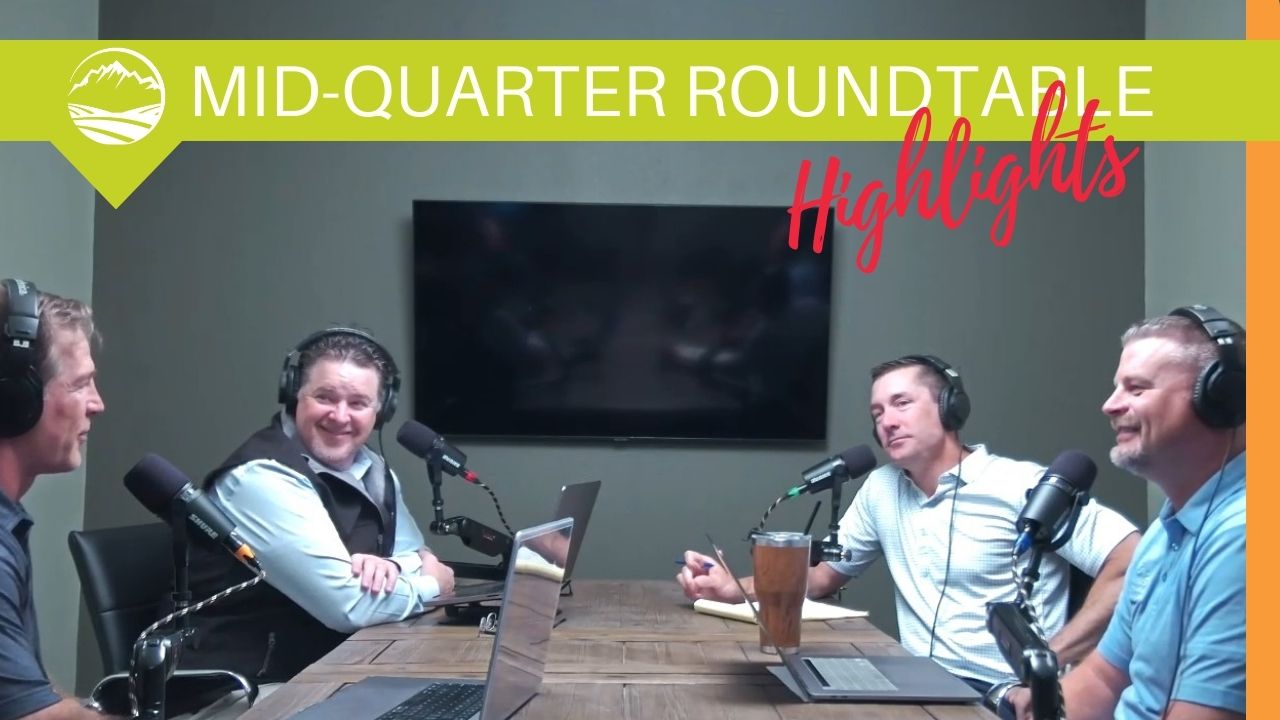You are now leaving the Strong Valley Wealth & Pension, LLC ("Strong Valley") website. By clicking on the "Schwab Alliance Access" link below you will be entering the Charles Schwab & Co., Inc. (“Schwab”) Website. Schwab is a registered broker-dealer, and is not affiliated with Strong Valley or any advisor(s) whose name(s) appears on this Website. Strong Valley is/are independently owned and operated. Schwab neither endorses nor recommends Strong Valley. Regardless of any referral or recommendation, Schwab does not endorse or recommend the investment strategy of any advisor. Schwab has agreements with Strong Valley under which Schwab provides Strong Valley with services related to your account. Schwab does not review the Strong Valley website(s), and makes no representation regarding the content of the Website(s). The information contained in the Strong Valley website should not be considered to be either a recommendation by Schwab or a solicitation of any offer to purchase or sell any securities.

Open enrollment for employee benefits kicks off this month. While you plan your Thanksgiving menu, review your benefit choices. Benefits change this year like few years before.

Open enrollment for employee benefits kicks off on November 1st. Before you plan your Thanksgiving menu, you should make the time to review your benefit choices.
Employee benefit experts expect benefits to change next year like few years before – given the rising costs of health care and the impact of COVID-19 on businesses this year. Even if little changed in your life in 2020 – and that’s probably unlikely – you should aim to maximize what your employer offers.
Here are a few pointers.
Even if you carry the same plan as in many past years, spend a few minutes evaluating which one is best for you and your family when you choose – especially High-Deductible Health Plans and traditional plans.
Switching from the traditional plan to a high-deductible option might save money if you don’t visit the doctor much. Perhaps too your spouse’s company now offers a better plan and you can switch the family coverage to the better alternative.
Improved employer plan descriptions lay out plans’ differences and costs and do that much better this year. Take advantage of their free help, online or in person.
Often you receive only one choice for dental coverage, but you might be surprised at how many people decline to pay the relatively small premium for this coverage. Even if young and cavity-free, you take care of your teeth now to potentially prevent large dental bills in retirement.
If nothing else, dental insurance provides a teeth-cleaning twice a year.
This benefit works great if you wear glasses or contacts and need regular eye exams. Those with perfect vision may opt out of this coverage.
Most employers offer some basic life insurance, the coverage usually a multiple of your salary. If you are married, own a home or have kids, this basic coverage usually falls short.
Consider paying extra if possible, to increase life coverage through your employer. If that’s not an option, consider supplementing this minimal coverage with a term policy from an independent provider. These policies come with set duration limits on coverage and you decide whether to renew once the policy expires.
Remember that whatever life coverage your employer pays for vanishes if you leave that company.
Standard coverage in this category usually pays 60% to 66% of your compensation if you become disabled and unable to work.
As this coverage often comes with a cap, if you are highly compensated, this insurance might also fall short to sustain your standard of living. Estimate your minimum to live on if you become unable to work and, if that number scares you, consider purchasing a supplemental policy.
This pays for assisted living, a nursing home or in-home care late in your life.
Even as our lifespans increase, long-term care premiums escalate. If your employer offers any coverage at a relatively inexpensive group rate, consider locking in some protection. Financial advisors normally recommend LTCI when you turn age 50 – getting it while you are young and healthy under an employer plan may still make sense.
This savings account reduces your taxable income and funds medical co-pays, orthodontist appointments and prescription drug orders, among other expenses.
Figure your out-of-pocket medical costs and sign up to set aside that amount, up to $3,550, pre-tax in an FSA and $7,100 for families. Remember that if you participate in an HDHP, you maintain a related health savings account and can only take advantage of a limited FSA.
Either way, pay for the most of out-of-pocket medical costs with pre-tax dollars.
If you pay for daycare, after-school programs, or summer day camps for children under age 13 or for eldercare for a dependent parent, DCAs help you offset that cost with pre-tax dollars. Again, a working couple can set aside up to $5,000 from paychecks.



